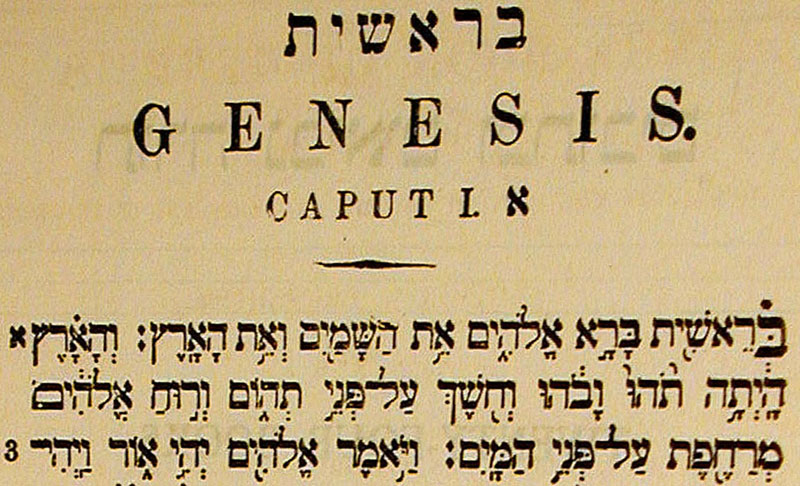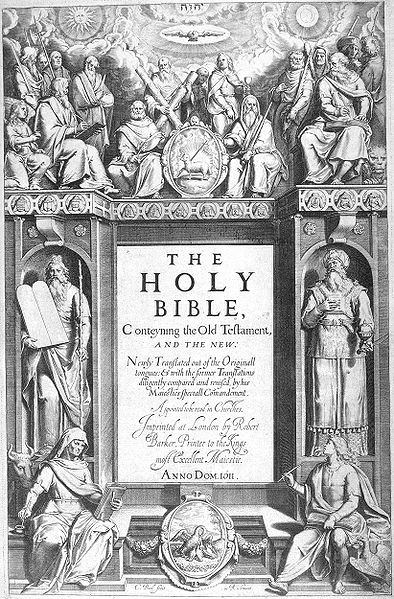Author: Ben S.
-

Definitely a cult. Maybe.
A recent CNN blog post referred to a “cult” and described their sacred rituals as “completely violent, mind controlling and alarming.” Indeed? Let’s examine. The worshippers gather together in the countryside, on the land of the leader’s extended family. He stands at an altar before them and shouts in a loud voice, reciting the strict…
-

Beyond Translation: Job and Isaiah at Ugarit? Part 2
In Part 1, I promised some Biblical examples of where translation alone fails to convey all the meaning an Israelite would have grasped. I’ve broken these examples into three fuzzy categories. 1) Israel is often described in the Torah as a “land flowing with milk and honey.” We probably all have milk and honey in…
-

Priests, Babylonians, and Seven 24-hour Days of Creation
Even though it comes first in the Bible, Genesis 1 represents the youngest of three Israelite creation traditions. As happens in culture and even inspired religion, traditions of the past were once again adapted and (re)appropriated to meet the needs of the time. Genesis 1-2:4 is generally believed to have come from a priestly tradition…
-

Beyond Translation: Darmok and Jalad at Tanagra, part 1
Communication is not just about words, but the context, culture and worldview in which they are embedded.1 A simple translation of words will fail to communicate the entire message, because it doesn’t include this information. The complexities of communication are manifest in obvious and less obvious ways; sometimes we know what we’re missing, and sometimes…
-

Thinking About Genesis
Any thorough LDS discussion of the early Genesis chapters must do several things.
-
Books of Interest to the LDS Nerd
A few of these are forthcoming, a few have appeared recently. I am compelled to read them all, as soon as I can get to them. Now Available Charles Harrel,“This Is My Doctrine”: The Development of Mormon Theology (Kofford Books) “In this first-of-its-kind comprehensive treatment of the development of Mormon theology, Charles Harrell traces the…
-
Orcrist the Philistine-Cleaver
One of the difficulties in reading the Old Testament is an unconscious assumption of uniformity between their time and ours. Modern readers often assume that they shared the same doctrinal understandings, worldview/Weltanschauung,assumptions, or culture as we do today. This is not the case, and often contributes to difficulties of interpretation and understanding.1 The Old Testament…
-

YSA and the Bible: Observations from a KJV Conference
On Saturday June 11, nearly 200 YSA gathered at the Lincoln Center chapel, the same as houses the Manhattan Temple, for a YSA conference that centered on the 400th anniversary of the King James Bible. Saturday from 1-4, three one-hour workshops were held on the Bible. Three Bible Nerds were on hand to teach: Jon…
-
O Death…
Due to the juxtaposition of certain events, I have recently been contemplating life, death, and the eternities.
